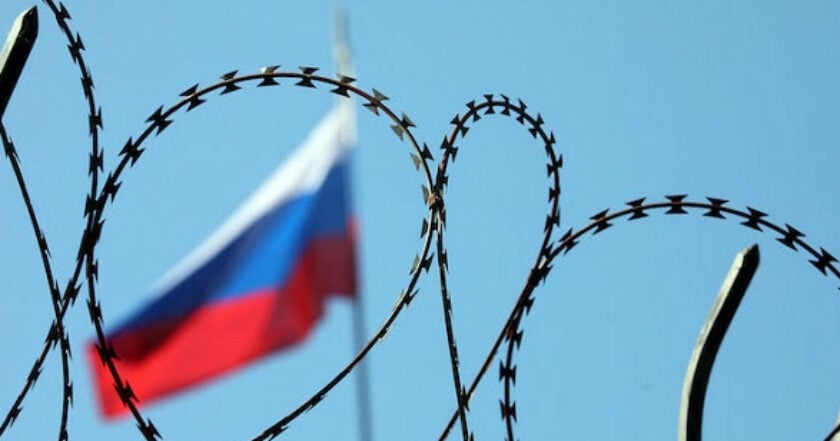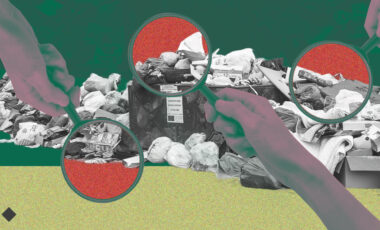Russian shadow fleet continues to strengthen despite Western sanctions – Financial Times

Photo: From open sources
Since 2023, the Russian Federation's ability to transport oil on outdated and uninsured vessels has grown by 70%.
The Financial Times wrote about this with regard to the KSE report.
The amount of Russian oil transported on poorly maintained and uninsured tankers rose from 2.4 million barrels per day in June 2023 to 4.1 million barrels per day in June 2024.
The trend is being observed as the US, Canada, Japan, and European allies ramp up efforts to target international insurers and shipowners to curb Moscow's ability to profit from the war in Ukraine.
They also added companies and individual vessels associated with the Russian shadow fleet to the sanctions list.
Many of these vessels regularly sail in busy European waters, including the Baltic Sea, the Danish Straits, and the Strait of Gibraltar, increasing the risk of environmental disasters for the EU and neighboring countries.
KSE proposes to create shadow-free zones in European waters to reduce these risks.
According to KSE estimates, in June 2024, 70% of Russian offshore oil was transported by the shadow fleet, which Russia spent $10 billion on collecting. This included 89% of Russia's total crude oil supplies, most of which traded above the $60-a-barrel price threshold from mid-2023, and 38% of Russia's petroleum product exports.
By building up that fleet, Moscow cut off relations with coalition countries with price limits, forcing international insurers to follow the sanctions rules. This limited Russia's choices to mostly local insurers.
This has reportedly raised serious concerns about the quality, reliability, and extent of such coverage. The combination of the tankers' average age of 18 years and the lack of adequate insurance makes these vessels extremely dangerous.
Several accidents have already involved shadow ships linked to Russia. This March, the 15-year-old shadow tanker Andromeda Star collided with another vessel near Denmark. There was no oil spill because it was unloaded and on its way to Russia.
Shadow fleet vessels used to carry oil from other sanctioned sellers have also had engine failures, indicating maintenance problems and explosions.
In May 2023, a 27-year-old ship under the flag of Gabon with a capacity of 700,000 barrels, which was used to transport Iranian oil, suffered a powerful explosion near Indonesia. At that time, it was empty.
Several shadow fleet vessels have been involved in oil spills, some fleeing the scene after causing environmental damage. In 2019, the 23-year-old Ceres I, formerly engaged in the oil trade from Iran, collided with another tanker near Singapore, turned off its signal, and tried to escape before being apprehended by the Malaysian Coast Guard.
It should be noted that Russia has already created a shadow fleet to refuel its oil around the world, but now there is increasing evidence that Moscow has begun to create a fleet for liquefied natural gas as well.
For reference:
Back in December 2022, Russia began to create a "shadow fleet" of old tankers to export oil to circumvent sanctions imposed on it due to the war waged against Ukraine.
As Rubryka wrote earlier, the USA introduced sanctions against the organizers of the transportation of Russian oil sold above the ceiling of $60 per barrel. Yes, all their assets in the United States were blocked, and all transactions related to them, both by individuals of the United States in particular and within the country in general, were prohibited.
The European Union planned to instruct Denmark to inspect and potentially block tankers with Russian oil passing through its waters, amid attempts by Western countries to impose a "price ceiling" on it, which the Russian Federation has learned to avoid.
As of January 2024, 14 tankers off the coast of South Korea have been loaded with 10 million barrels of Russian Sokol crude oil. Due to US sanctions and payment issues, these tankers have not yet been sold, and they have been anchored there for several weeks.



















































